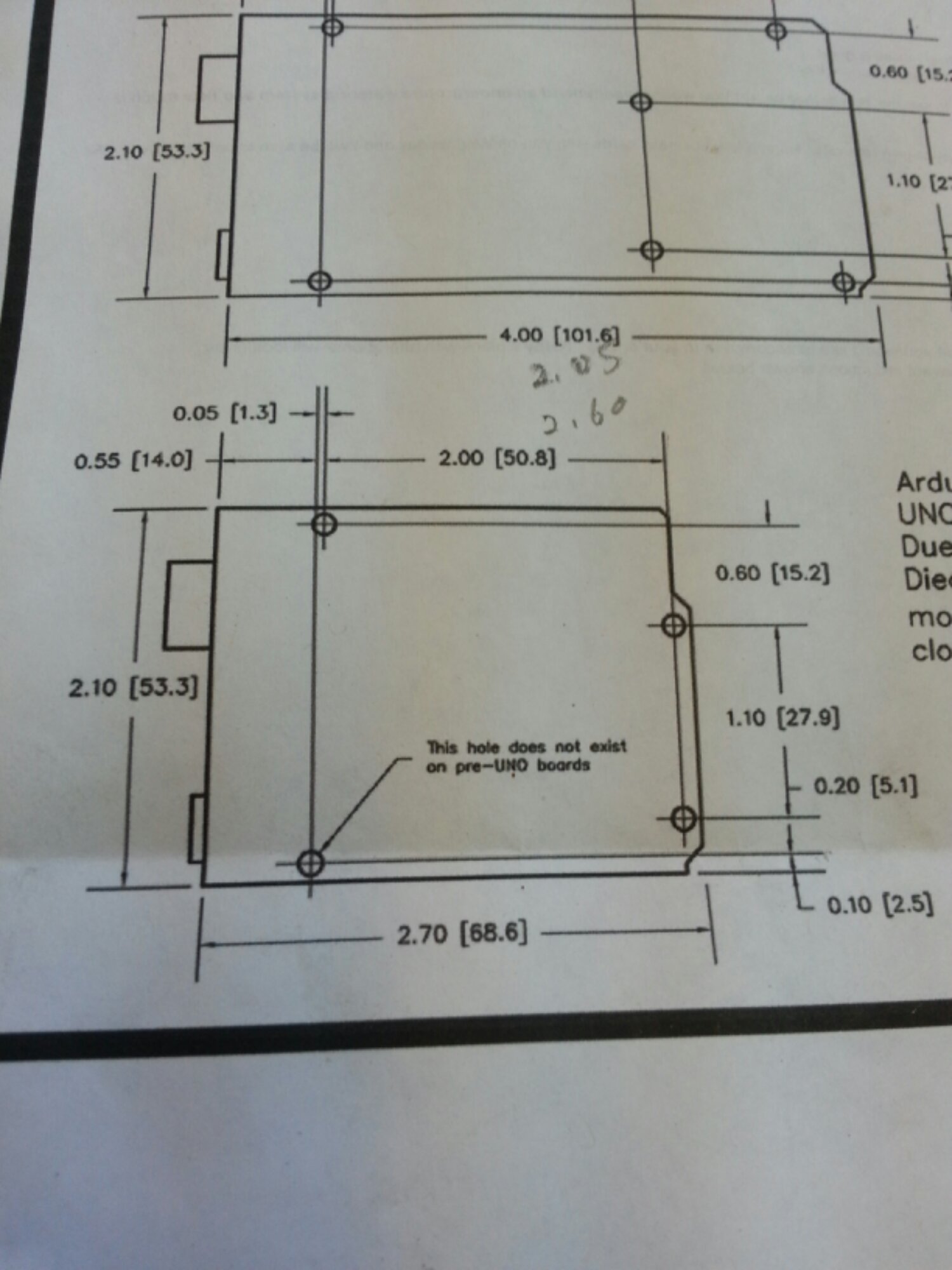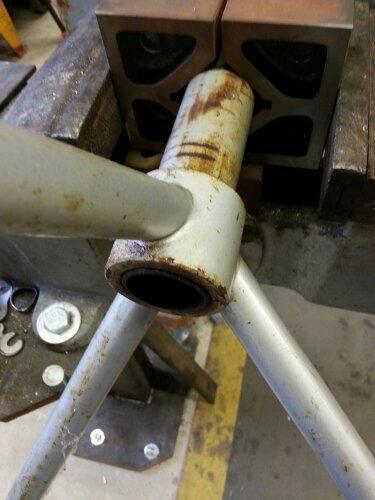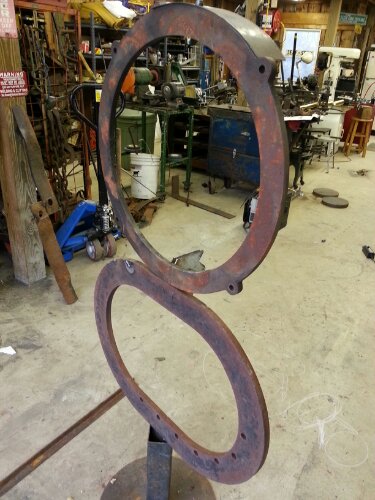After going though a lot of the great examples I wanted to dive into connecting the Arduino to the internet and figure out a way to push sensor data to the web for later consumption. Thanks to Remote logging with Arduino and Node.js at FRENKI.NET I was able to get the info I needed to setup a simple data collector application.
[code language=”cpp”]
//Sending one Analog Value to a Node.js server
//Used AWS OpsWorks and created basic Stack to deploy a node.js instance
//Stolen from FRENKI.NET
#include
#include
#include
byte arduinoMac[] = { 0xDE, 0xAD, 0xBE, 0xEF, 0xFE, 0xED };
// desired IP for Arduino
IPAddress arduinoIP(192, 168, 1, 100);
// port of Arduino
unsigned int arduinoPort = 8080;
// IP of node.js server setup to recieve the data
IPAddress receiverIP(00, 00, 00, 00);
// Port on node.js server that is listening to UDP traffic
unsigned int receiverPort = 7777;
EthernetUDP Udp;
int sensorPin = A4; // Choose whatever sensor pin you would like to use
int sensorValue;
void setup() {
Ethernet.begin(arduinoMac,arduinoIP); //Initialize Ethernet UDP and Serial port
Udp.begin(arduinoPort);
Serial.begin(9600);
}
void loop() {
sensorValue = analogRead(sensorPin); // Read sensor value and store in sensorValue
byte valueInBytes[2] = {lowByte(sensorValue), highByte(sensorValue)}; //convert it to a byte array for the UDP Transfer
// Debug info for figuring out how byte array works
Serial.print("Low: ");
Serial.println(lowByte(sensorValue));
Serial.print("High: ");
Serial.println(highByte(sensorValue));
// Send UDP Packet to node.js server
Udp.beginPacket(receiverIP, receiverPort); //start udp packet
Udp.write(valueInBytes, 2); //write sensor data to udp packet
Udp.endPacket(); // end packet
// Repeat every 5 seconds
delay(5000);
}
[/code]
node code:
Here is a snippet of node.js code used to receive the Arduino data. I used a simple AWS OpsWorks Deployment of an node.js instance. Add the following code to a file…arduindocollect.js and then run #node arduinocollect.js…
[code]
var dgram = require("dgram");
var server = dgram.createSocket("udp4");
var fs = require(‘fs’);
var crlf = new Buffer(2);
crlf[0] = 0xD; //CR – Carriage return character
crlf[1] = 0xA; //LF – Line feed character
server.on("message", function (msg, rinfo) { //every time new data arrives do this:
console.log("server got: " + msg.readUInt16LE(0) + " from " + rinfo.address + ":" + rinfo.port); // you can comment this line out
fs.appendFile(‘mydata.txt’, msg.readUInt16LE(0) + crlf, encoding=’utf8′);//write the value to file and add CRLF for line break
});
server.on("listening", function () {
var address = server.address();
console.log("server listening " + address.address + ":" + address.port);
});
server.bind(7777); //listen to udp traffic on port 7777
[/code]
AWS – Make sure you update the Security Group to allow UDP on 7777 or whatever UDP Port you decide to use.







































